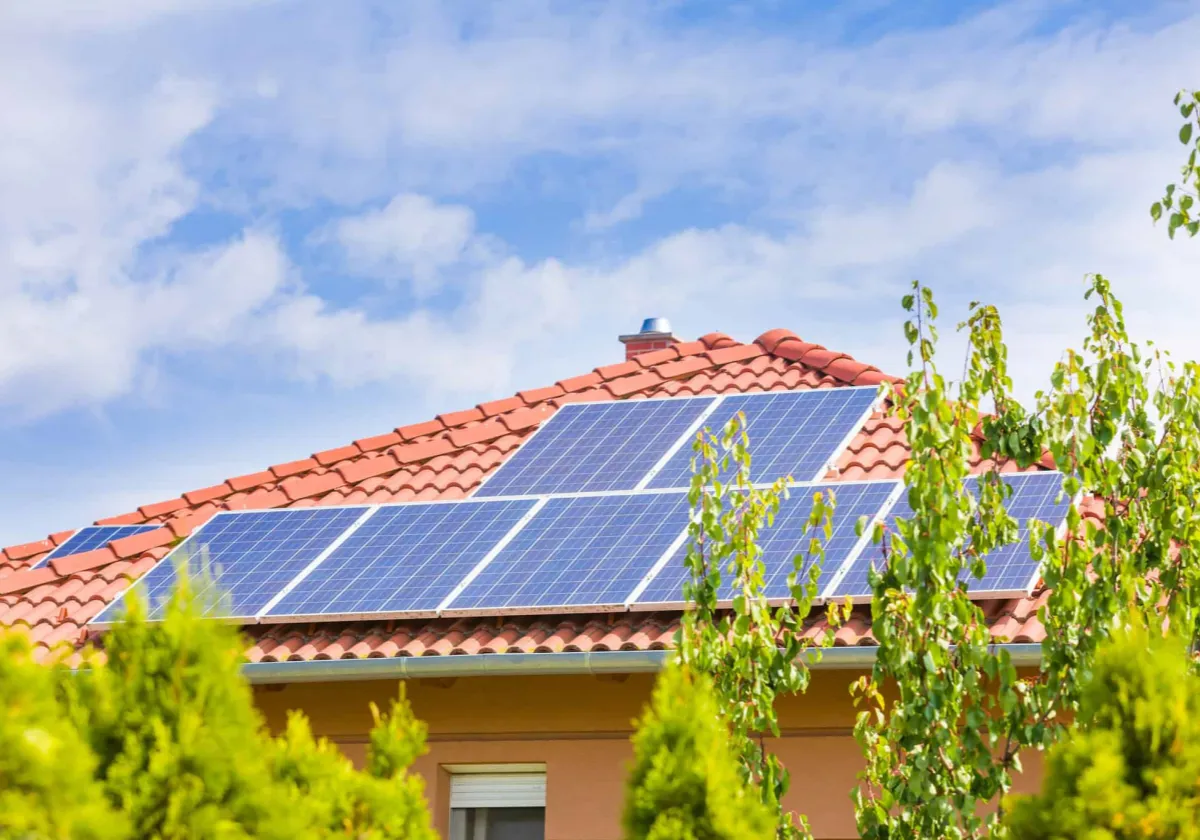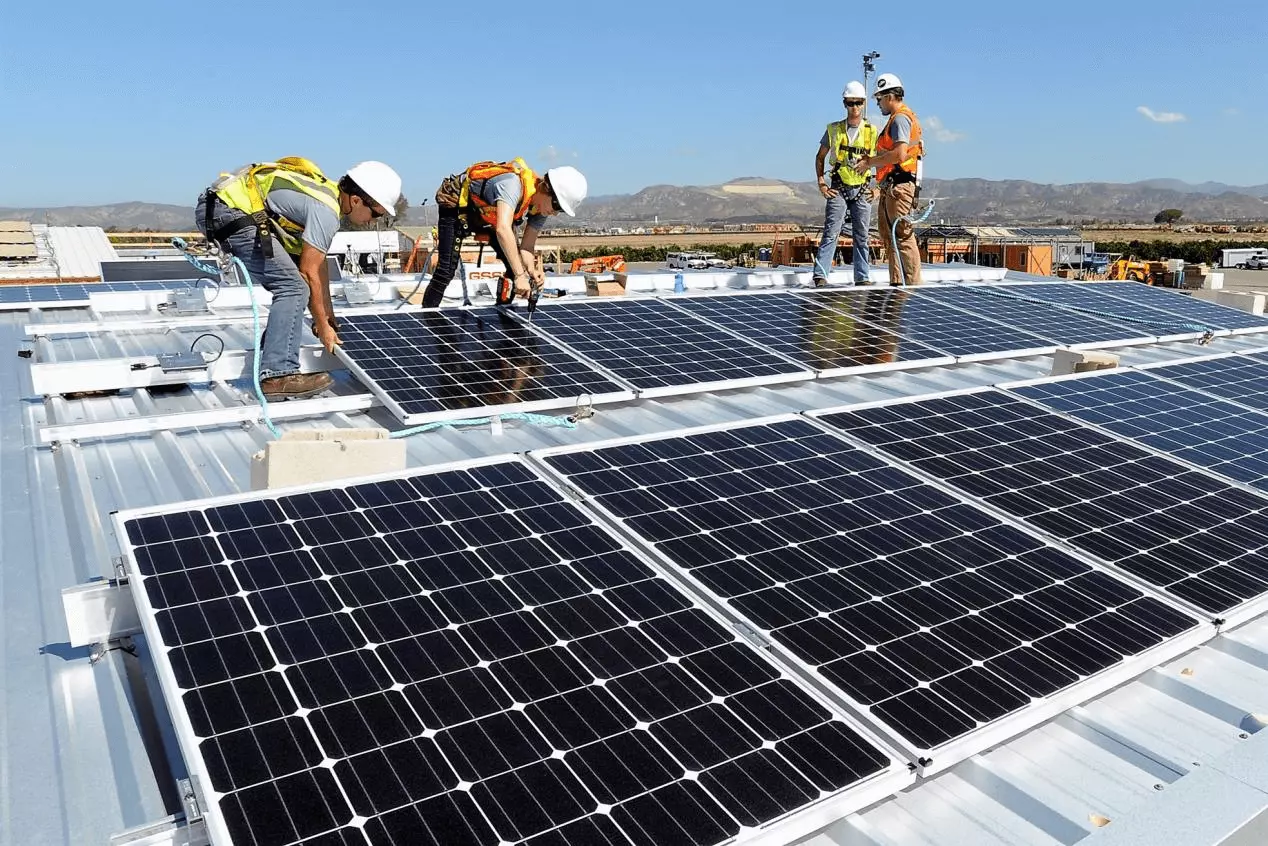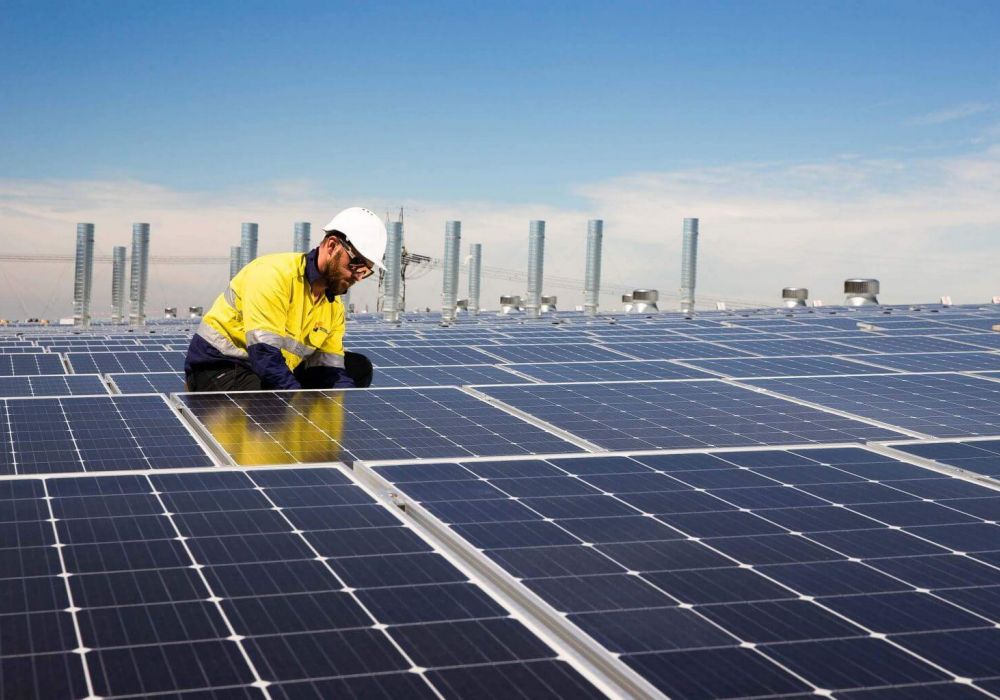How Much Electricity Can a Household Photovoltaic Power Station Generate in a Year
How Much Electricity Can a Household Photovoltaic Power Station Generate in a Year
Take the 60 square meter roof as an example:
It is currently difficult to promote household photovoltaic power stations in cities, because the vast majority of households in cities do not have roof resources for photovoltaic power generation, and they are only suitable for promotion in rural towns and independent houses or villas. Relatively speaking, the effective roof area of each family is 60 square meters, which is very generous. Then, what is the maximum installed capacity of a 60-square-meter roof? How much electricity can be generated every day?
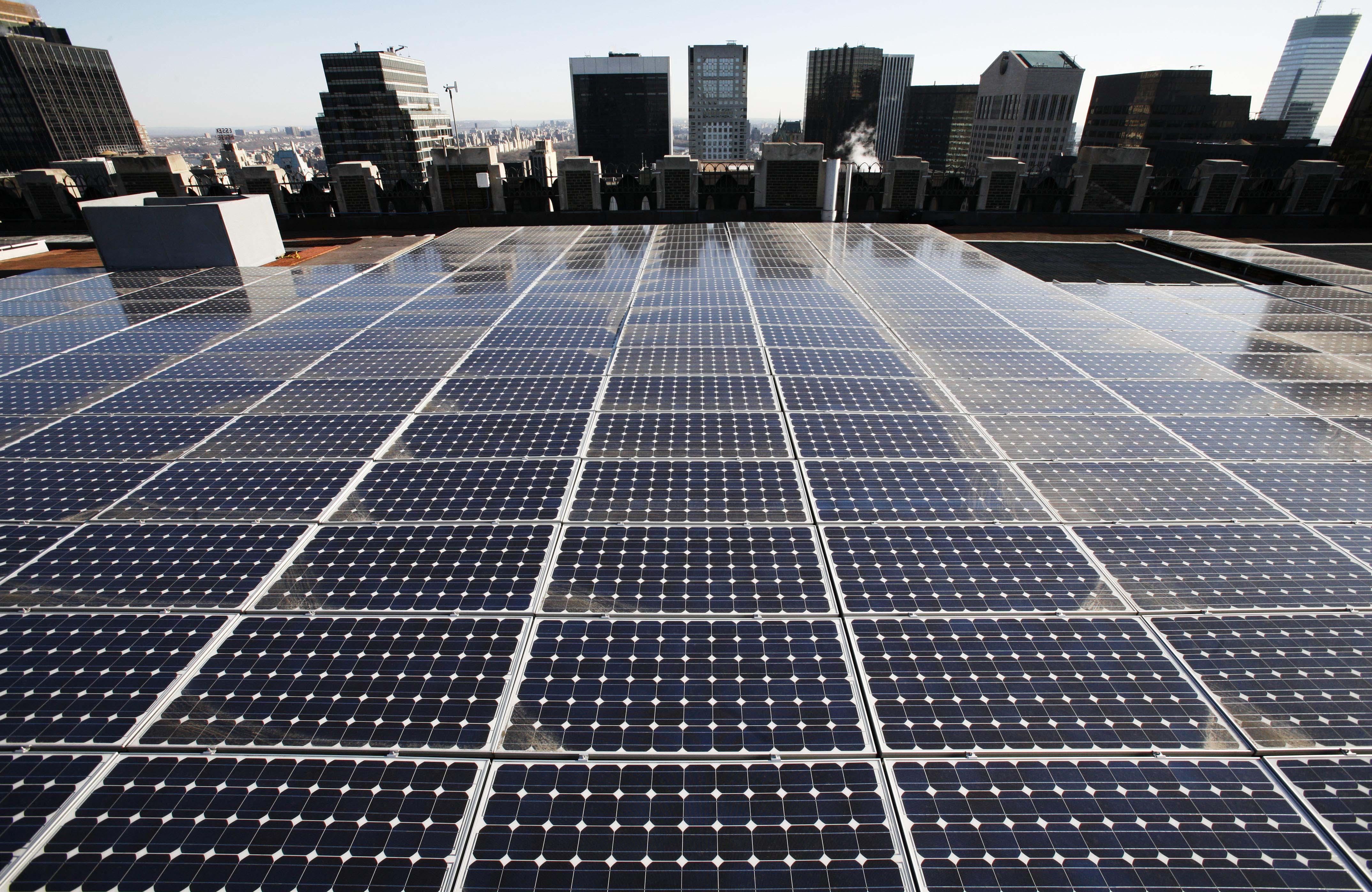
At present, household photovoltaic power stations generally use monocrystalline silicon modules and polycrystalline silicon modules. The general specification is 36V280W, and the area of a single module is about 1.8 square meters. The square array of photovoltaic modules is connected in parallel in different strings. When installing, it must be installed with a reasonable inclination angle and the correct lighting direction, and each array should be staggered by a certain distance to avoid overlapping with each other when exposed to sunlight. block.
At the same time, for the convenience of cleaning and maintenance, aisles should be reserved between the photovoltaic arrays. Therefore, for a roof of 60 square meters, it is recommended that the number of photovoltaic modules reasonably installed is 20, the installed capacity is 5.6KW, and the total area of photovoltaic modules is 36 square meters.
How much electricity can a solar panel generate per day?
This is mainly determined by factors such as the photoelectric conversion efficiency of photovoltaic modules, sunshine time, and installation elevation angle.
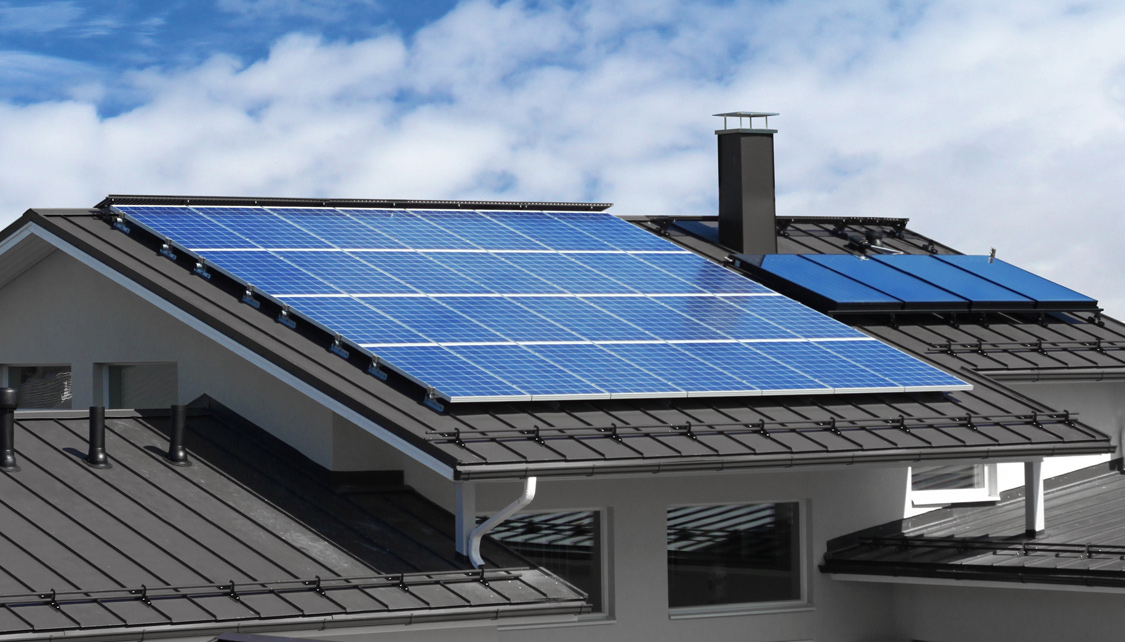
The so-called photoelectric conversion efficiency of a photovoltaic module refers to the ratio of the maximum output power of a photovoltaic module to the sunlight power irradiated on the module under standard test conditions. According to the “Opinions on Promoting the Application of Advanced Photovoltaic Technology Products and Industrial Upgrading” jointly issued by the National Energy Administration, the Ministry of Industry and Information Technology, and the National Certification and Accreditation Administration on June 8, 2015, it is clearly pointed out that polycrystalline silicon battery components and monocrystalline silicon The photoelectric conversion efficiencies of battery components shall not be lower than 15.5% and 16% respectively.
Therefore, under standard sunshine conditions (1000W/m2), the actual power of the photovoltaic module square array is: 5.6KW/0.16=3.5KW, and the effective solar power generation time is calculated according to the ideal 6 hours (10:00-16:00 ), which can generate 21KWh per day. Calculated for 240 days a year (20 days of effective solar power generation time per month), the total photovoltaic power generation is 5040KWh.
An important part of the photovoltaic power station is the photovoltaic array support. The bearing capacity of the roof structure is the main factor affecting the installation of the photovoltaic system. If it fails to meet the specification requirements, the house must be reinforced to ensure the safety and reliability of the house. In addition, before the bracket is fixed, measures such as roof coating maintenance and waterproofing must be paid attention to. At the same time, the shelters around the house, such as big trees and nearby buildings, will directly affect the effective time for photovoltaic modules to receive solar radiation and power generation efficiency.
Household photovoltaic power generation is connected to the public grid through two different grid-connected schemes of AC single-phase 220V or three-phase 380V. If it is single-phase 220V grid-connected, the power series of grid-connected inverters that can be selected are generally 3KW, 5KW; if it is three-phase 380V grid-connected, the power series of grid-connected inverters that can be selected are generally above 10KW.

